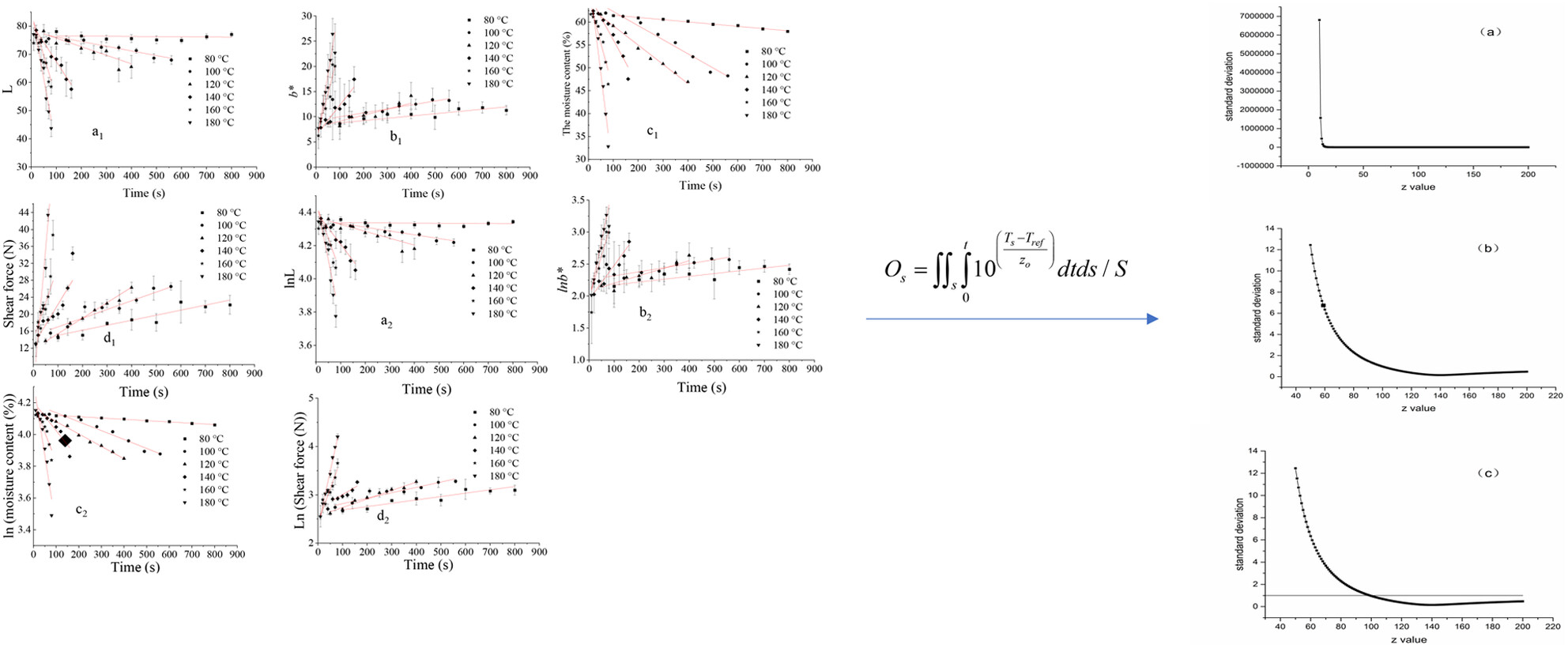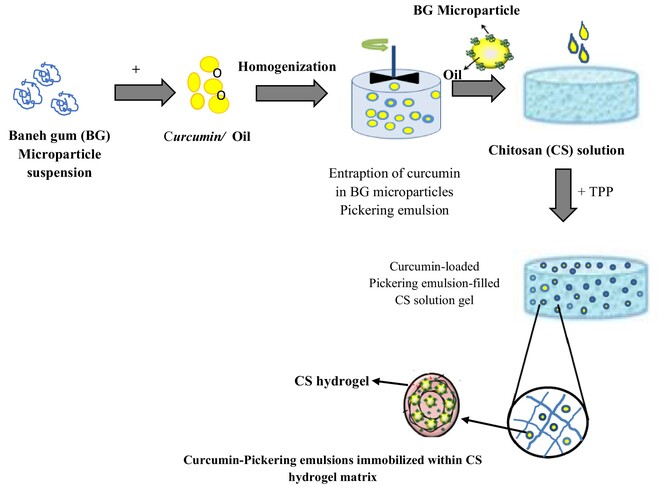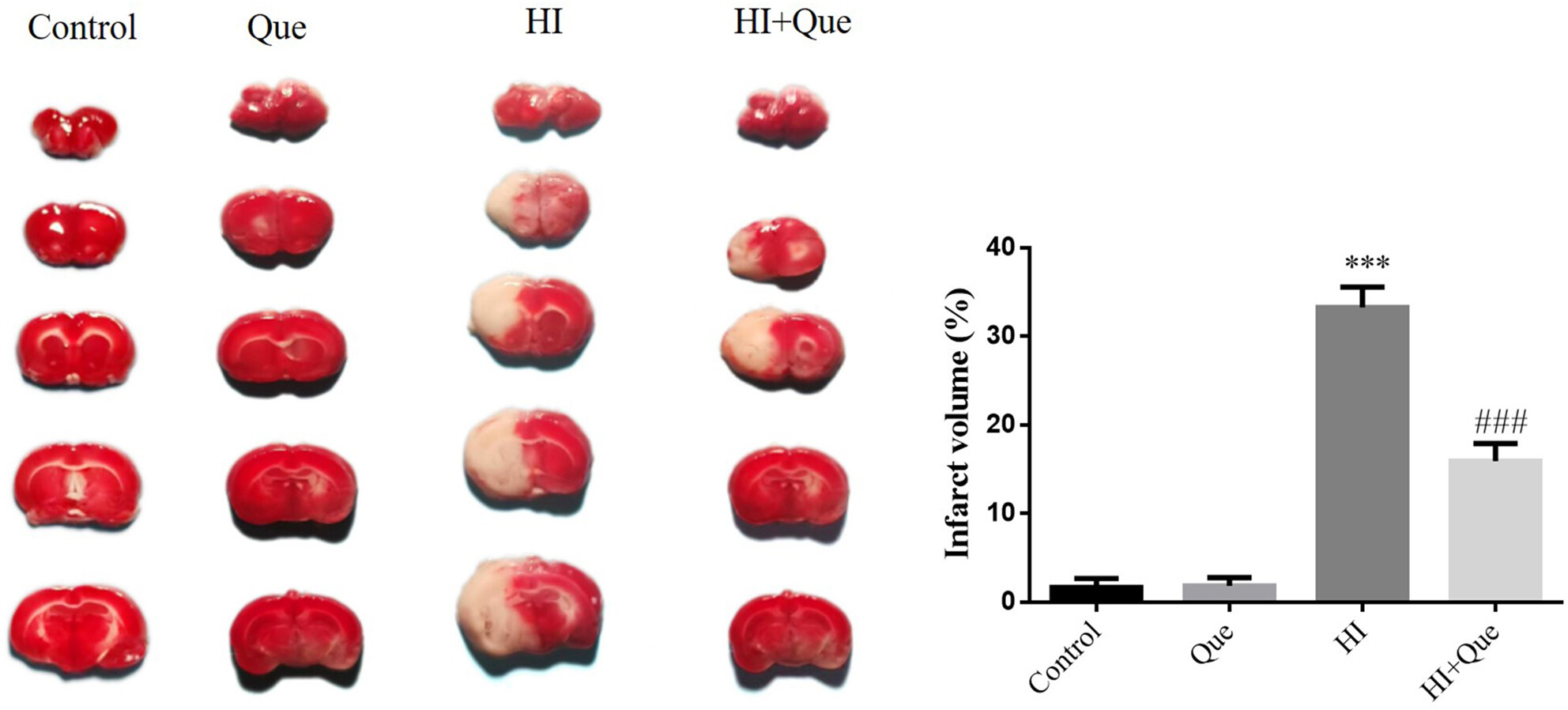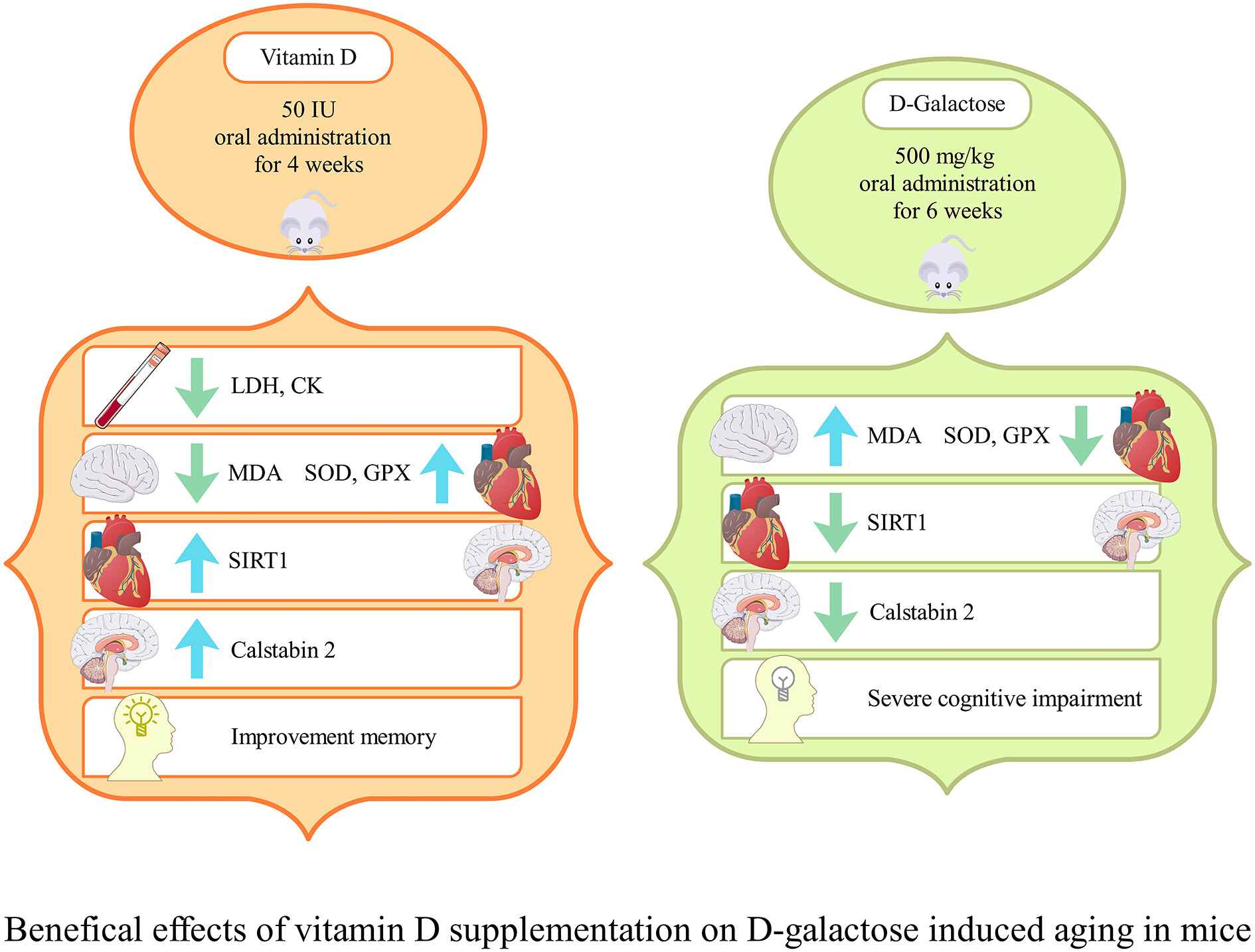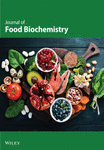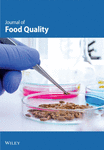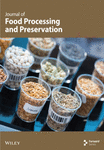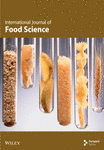Journal list menu
Export Citations
Download PDFs
Table of Contents
A comprehensive review: Impact of oleogel application on food texture and sensory properties
- First Published: 13 April 2024
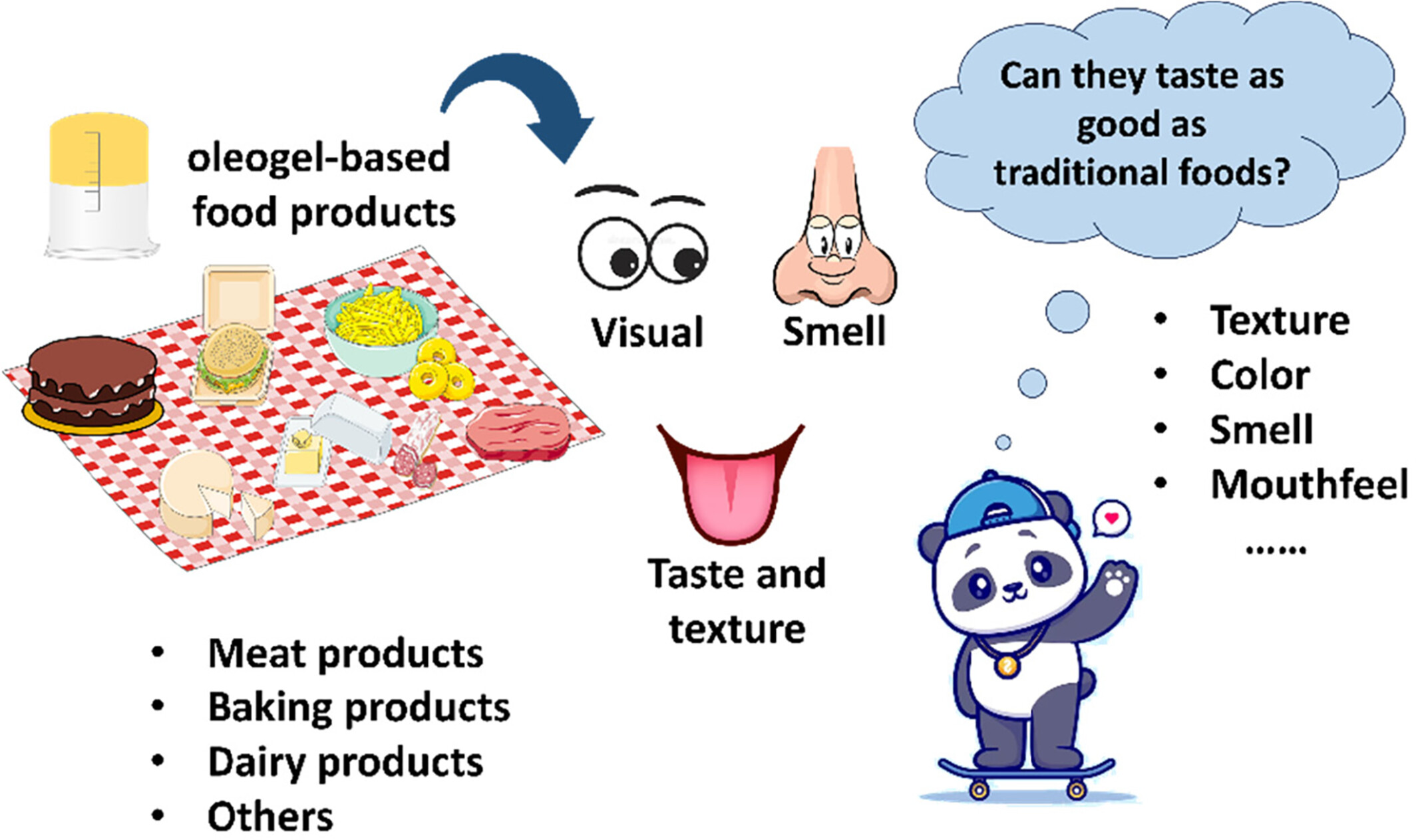
This review highlights the application of oleogels in food innovation, focusing on their ability to improve nutritional value and impact texture and sensory properties. It covers the oleogel application across various food products, their formulation challenges, and the need for further research to optimize their use and consumer acceptance.
Changes in food quality and characterization under thermal accumulation conditions during Chinese cooking
- First Published: 29 December 2023
Can Dawul Kurundu (Neolitsea involucrate) leaf extract be used as a plant-based stabilizer in set yoghurt production?
- First Published: 22 November 2023
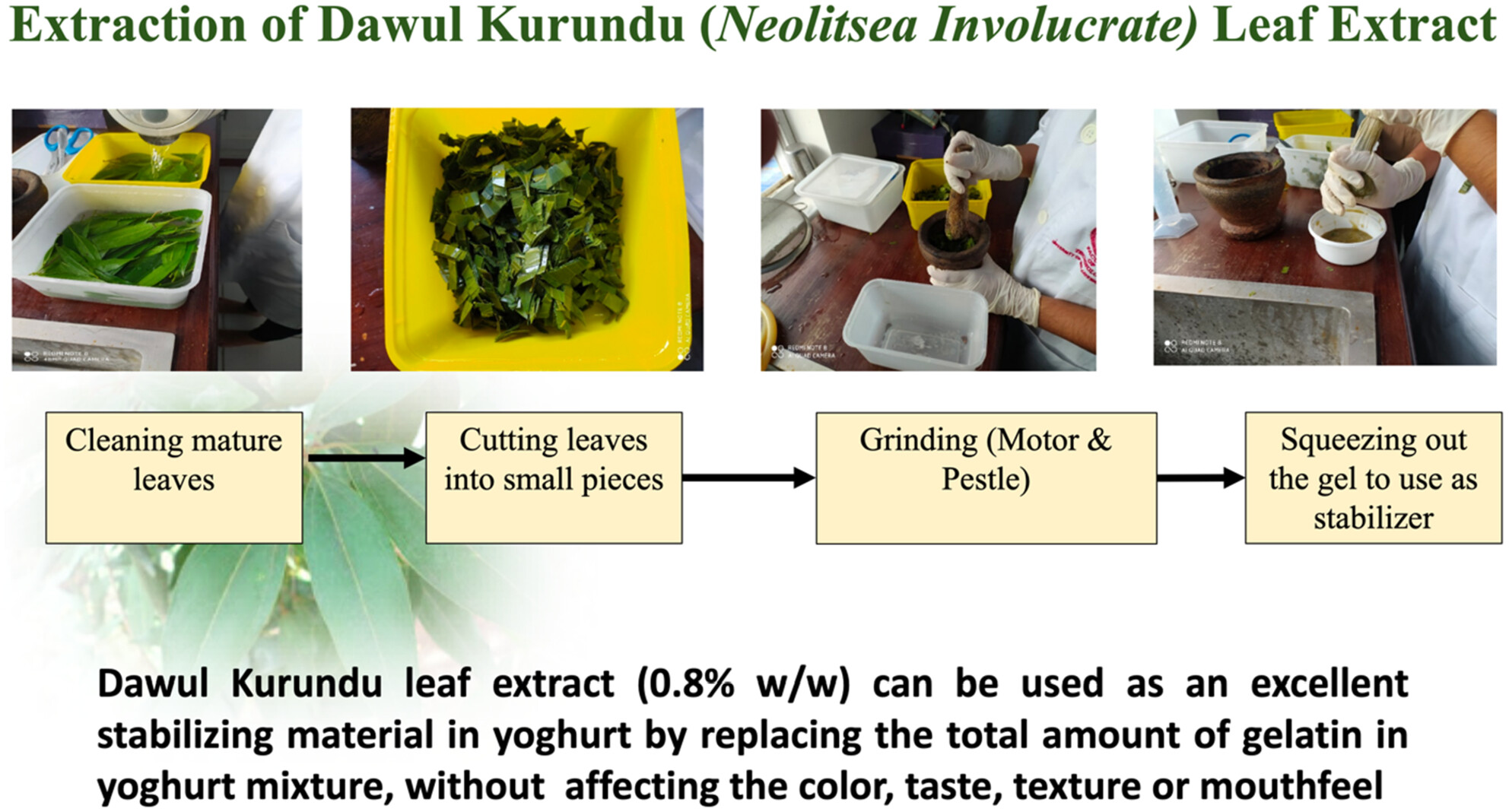
In comparison to the control group, no differences in sensory attributes were observed in all yoghurts that incorporated Dawul Kurundu (DK) leaf extract. Over the 21-day storage period, a decreasing trend in pH values was observed in all treatments, while the total titratable acidity significantly increased over time. The results indicate that incorporating 0.8% w/v of DK leaf extract could serve as an effective stabilizer in the production of set yoghurt, allowing for the potential replacement of gelatin without affecting its sensory properties.
Application of Pistacia atlantica Pickering emulsion-filled chitosan gel for targeted delivery of curcumin
- First Published: 16 January 2024
Protective mechanisms of quercetin in neonatal rat brain injury induced by hypoxic-ischemic brain damage (HIBD)
- First Published: 13 October 2023
High-pressure acidified steaming with varied citric acid dosing can successfully detoxify mycotoxins
- First Published: 17 March 2023
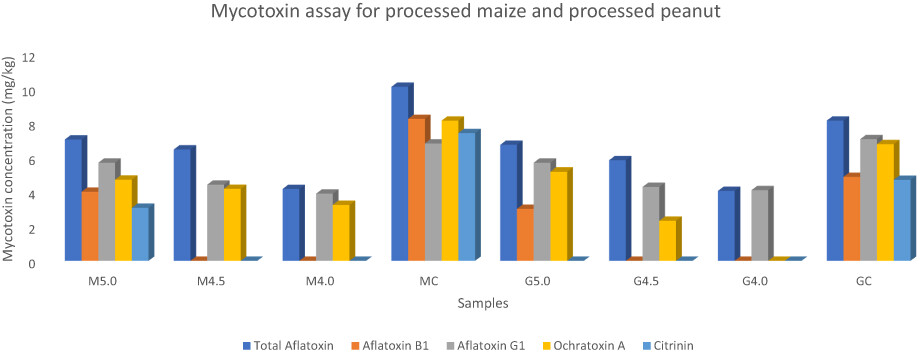
The HPAS process either completely detoxified the mycotoxins or at least reduced them to levels below the maximum limits of 4.00–6.00, 2.00, 2.00, 5.00, and 100 μg/kg for AT, AFB1, AFG1, OTA, and citrinin, respectively, set by the European Union, WHO/FAO, and USDA. The study clearly demonstrates that mycotoxins can be completely detoxified using HPAS at CCC adjusted to pH 4.0 or below. MC = mycotoxin content of the raw (unprocessed) maize samples; M5.0 = mycotoxin content of the maize samples after high-pressure acidified steaming adjusted to pH 5.0; M4.5 = mycotoxin content of the maize samples after high-pressure acidified steaming adjusted to pH 4.5; M4.0 = mycotoxin content of the maize samples after high-pressure acidified steaming adjusted to pH 4.0; GC = mycotoxin content of the raw (unprocessed) groundnut (peanut) samples; G5.0 = mycotoxin content of the groundnut (peanut) samples after high-pressure acidified steaming adjusted to pH 5.0; G4.5 = mycotoxin content of the groundnut (peanut) samples after high-pressure acidified steaming adjusted to pH 4.5; and G4.0 = mycotoxin content of the groundnut (peanut) samples after high-pressure acidified steaming adjusted to pH 4.0.
Effect of Aloe vera and carboxymethyl cellulose-derived binary blend edible coating on the shelf life of fresh-cut apple
- First Published: 16 August 2023
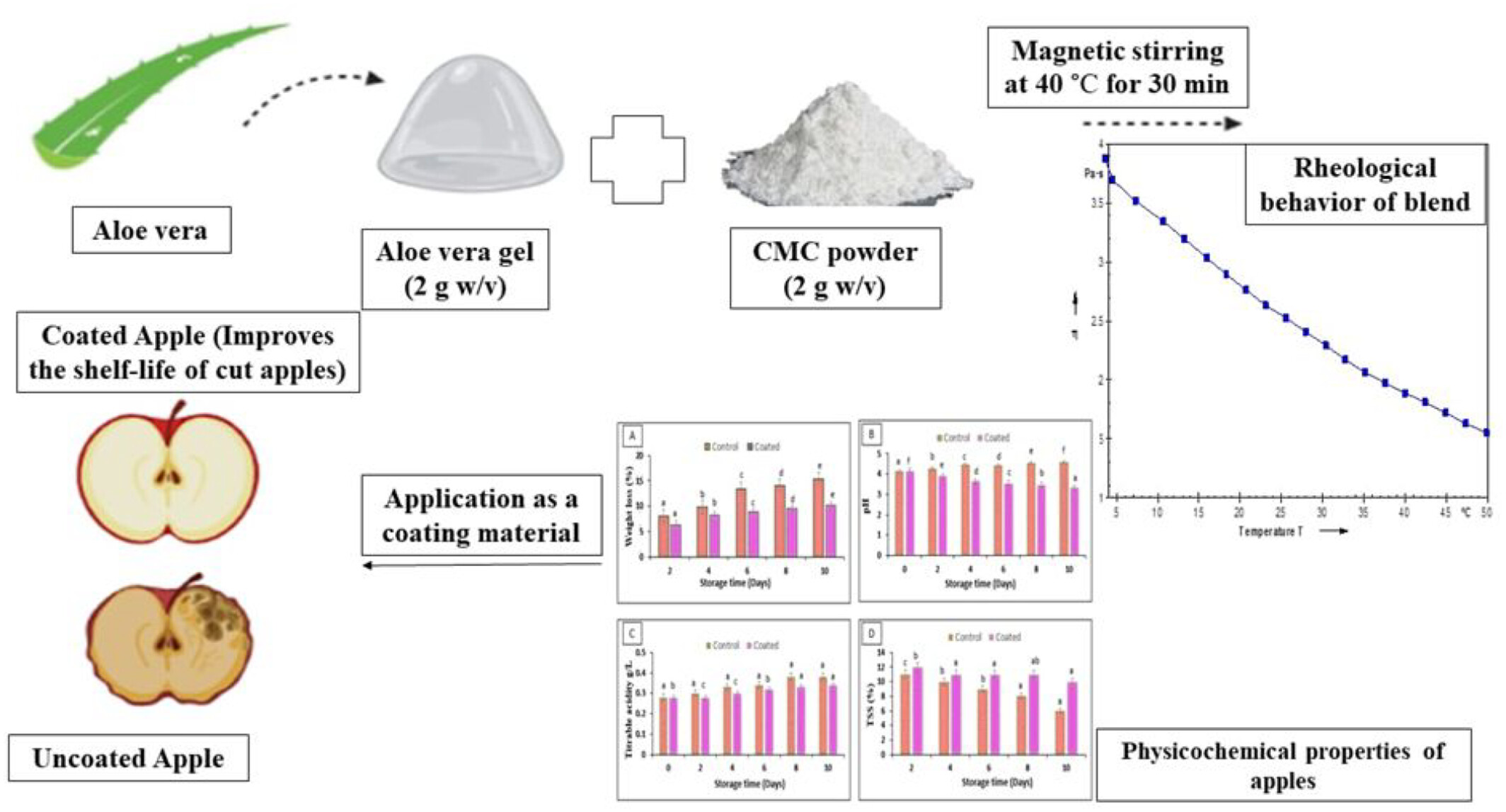
This study is based on Aloe vera and carboxymethyl cellulose blend solution was prepared as an effective natural edible coating anti-browning and antimicrobial agent. In this article, we discussed the preparation of blend, their rheological behavior, and the blend solution used for the enhancement of the shelf life of cut apples.
Improving the structure and properties of whey protein emulsion gel using soluble interactions with xanthan and basil seed gum
- First Published: 15 August 2023
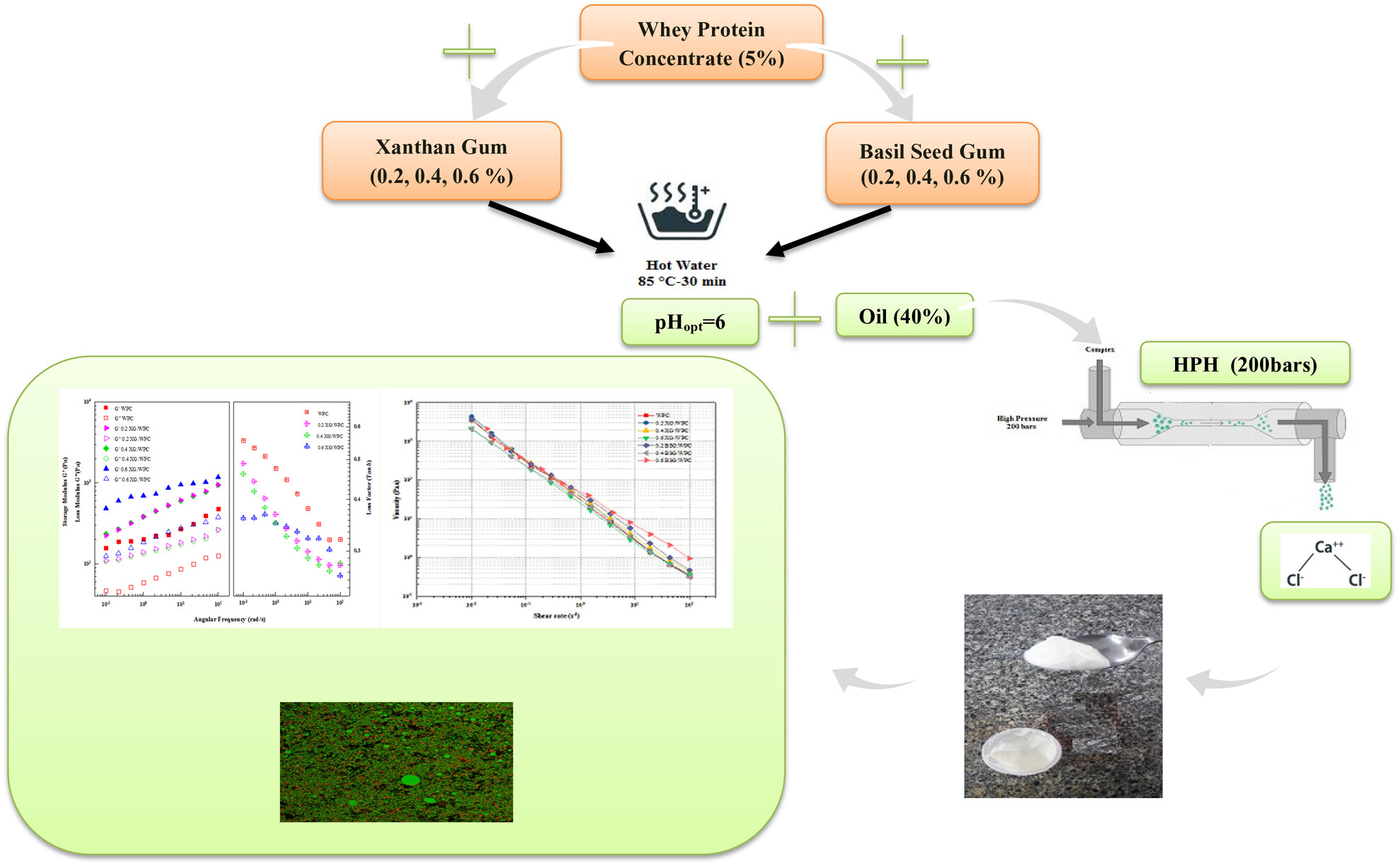
The soluble complexes of whey protein and basil seed gum and xanthan gum improved the texture, particle size, zeta potential, microstructure, and viscoelastic properties of emulsion gel. The presence of gums resulted in the creation of a stronger structure, which could hold oil droplets well in the network. The presence of hydrocolloids created a stronger structure around the oil droplets, which confocal images approved it. The highest storage and loss modulus of emulsion gels were found for 0.6% basil seed gum.
Plant-based foods as meat and fat substitutes
- First Published: 11 May 2023
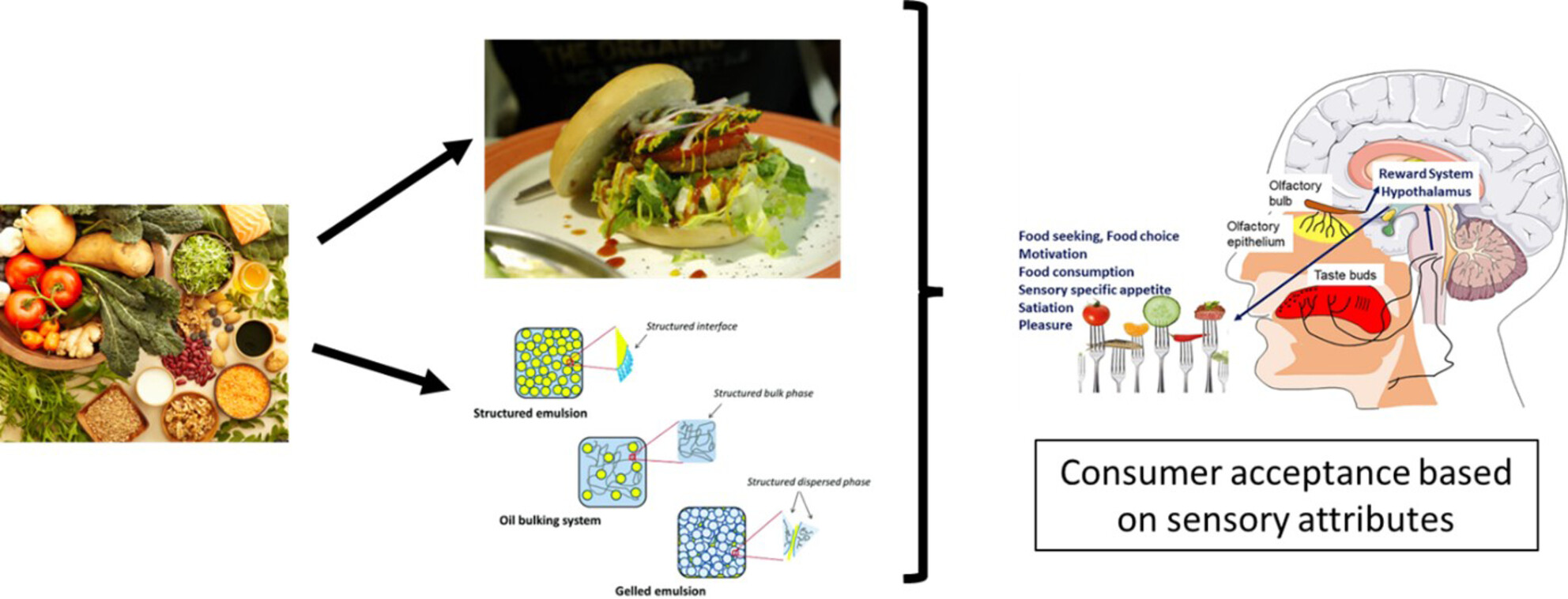
Plant-based protein alternatives are considered to be more sustainable than animal proteins. Plant-based proteins are suggested to have lower nutritional quality than animal proteins. Plant-based meat or fat substitutes need to mimic their animal-based counterparts in terms of texture and sensorial attributes for consumer acceptance.
Distinct signatures on d-galactose-induced aging and preventive/protective potency of two low-dose vitamin D supplementation regimens on working memory, muscular damage, cardiac and cerebral oxidative stress, and SIRT1 and calstabin2 downregulation
- First Published: 22 May 2023
The use of hydrogel structures in production of extruded rice and investigation of its qualitative characteristics
- First Published: 07 June 2023
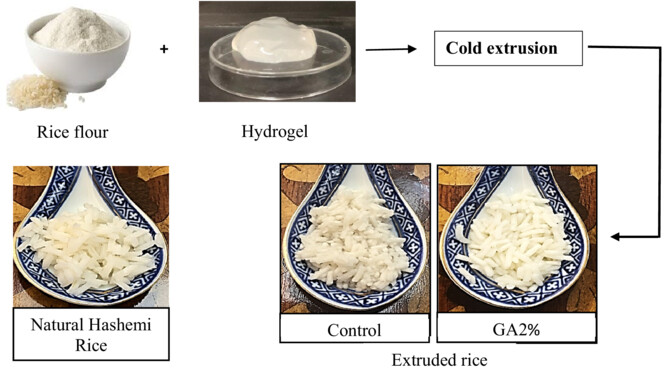
The hydrogel (GA1: gellan (0.5%)-alginate (0.5%), GA2: gellan (1%)-alginate (1%), GAX 1%: gellan (0.5%)-alginate (0.5%)-xanthan (0.1%), and GAX2%: gellan (1%)-alginate (1%)-xanthan (0.2%)) significantly increased water absorption ratio, water solubility index, water absorption index, and textural properties of extruded rice. GA2% rice sample showed similar texture characteristic, cooking feature, and color parameter to natural rice (Natural Hashemi Rice) and, ultimately, showed better organoleptic properties.
Evaluation of zinc oxide nanocomposite with Aloe vera gel for packaging of chicken fillet against Salmonella typhi and Salmonella para typhi A
- First Published: 23 June 2023




